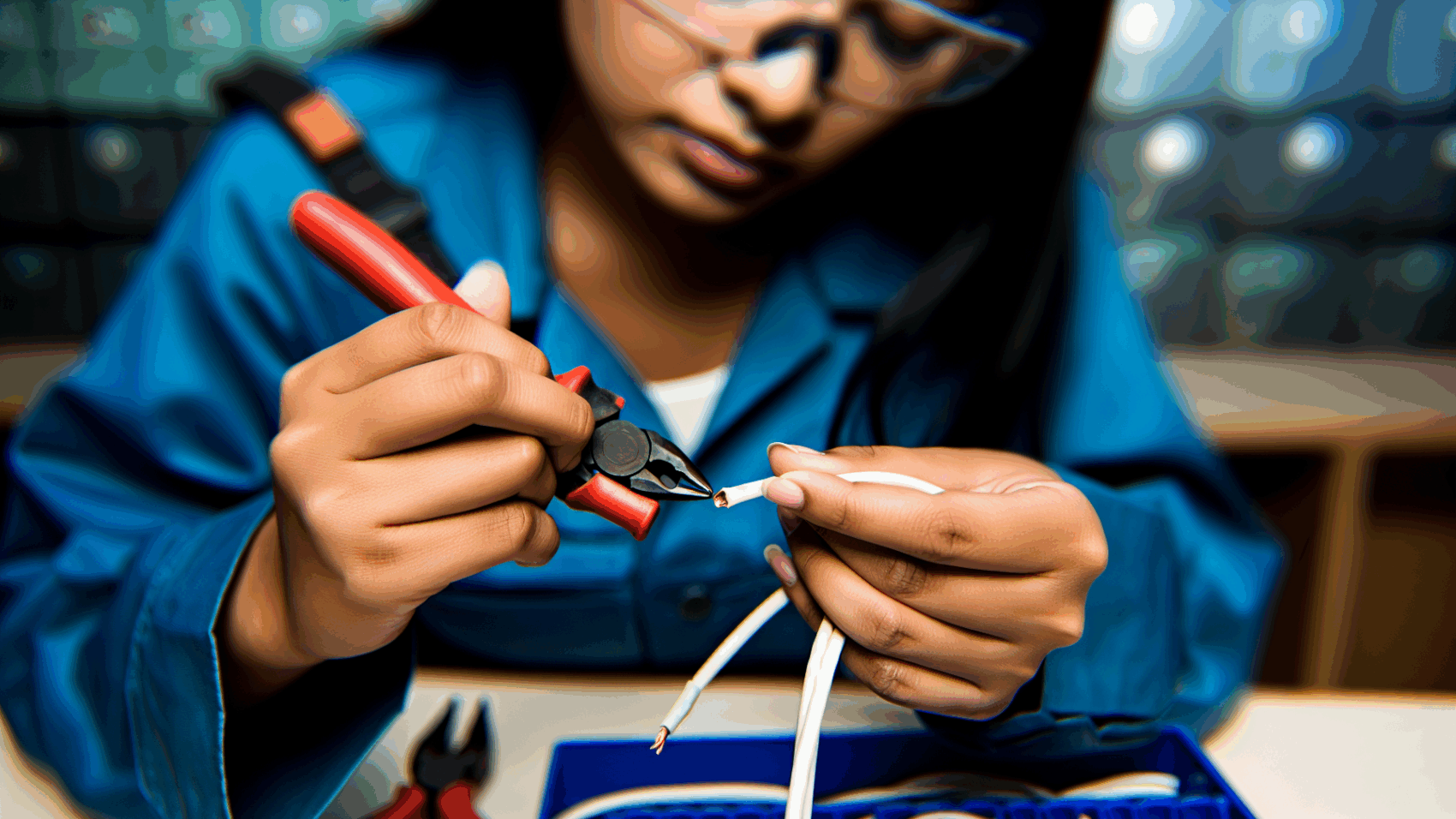Cable termination might seem straightforward, but it’s packed with potential pitfalls. In this article, we explore the intricate process, highlighting common cable termination errors and their implications for safety. Empower yourself with knowledge and pave the way to a safer work environment.
Understanding Cable Termination and Electrical Safety
Cable termination is an intricate step in the installation of electrical systems, necessitating precision and adherence to safety precautions to mitigate risks. In essence, it involves connecting the end of a cable to devices or another cable, wherein the types of terminations vary widely, including fiber optic pigtails and fanout kits. Each kind plays a crucial role in establishing a reliable network. Effective termination begins with meticulous preparation, including stripping, cleaning, and cleaving fibers, steps that are paramount for high-quality connections.
Failure to correctly terminate cables can lead to significant hazards. Poorly executed terminations might not only cause signal loss but also pose severe electrical risks, potentially leading to system downtime or even equipment damage. Such outcomes underscore the importance of comprehensively understanding and implementing workplace safety standards during cable termination processes.
To circumvent common pitfalls, it’s imperative to follow stringent protocols such as lockout/tagout procedures, which ensure that equipment is properly shut down and cannot be re-energized until the completion of the work, safeguarding workers from accidental energization. Additionally, strict adherence to global electrical safety standards and protection systems is non-negotiable, as these provide frameworks for minimizing risks associated with electrical systems. By keeping abreast of these guidelines and employing meticulous termination techniques, professionals can significantly reduce the likelihood of accidents, ensuring a safer working environment.
Conclusions
Correct cable termination is crucial for system performance and workplace safety. Steering clear of termination mishaps involves strict adherence to safety standards and meticulous attention to termination processes. Embrace the role of an uptime champion by staying vigilant and informed, for peace of mind and the safety of all.

